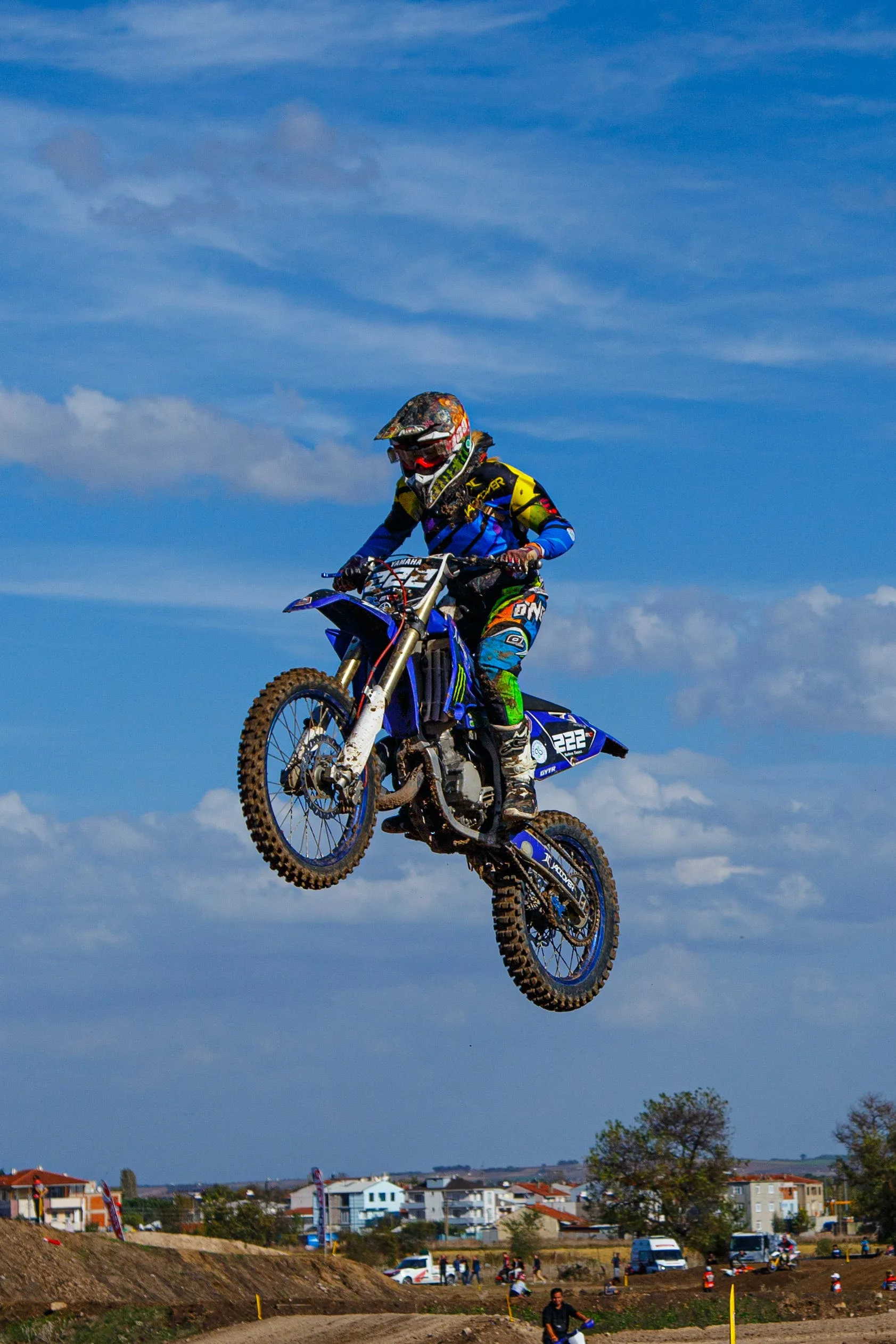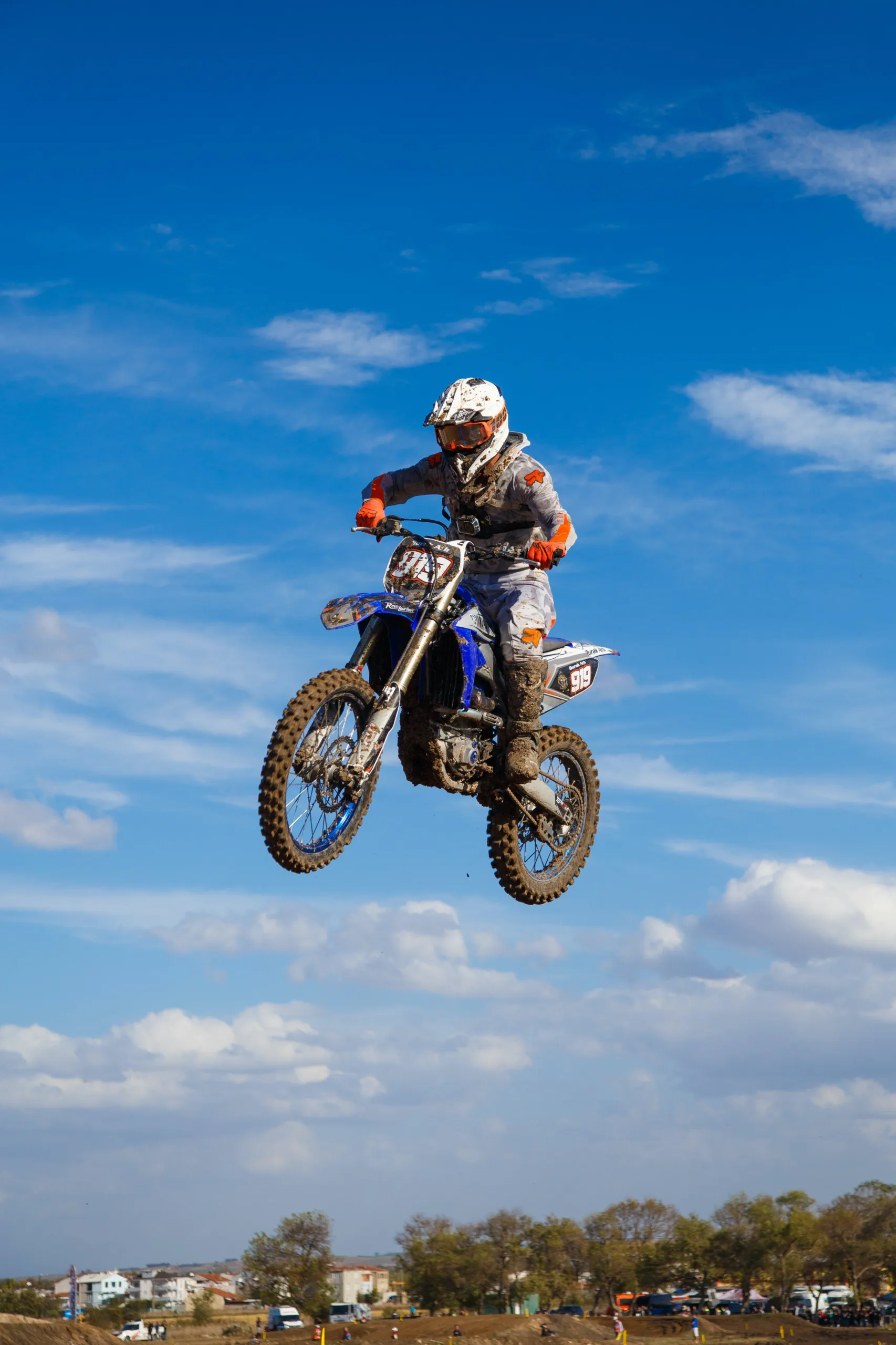Have you ever wondered what difficulties astronomers face when observing celestial objects during the day compared to the night? The challenges of observing during these two different times can vary greatly, from the brightness of the sun obscuring faint objects during the day to the presence of atmospheric turbulence affecting the clarity of nighttime observations. In this article, we will explore the unique challenges that astronomers encounter when observing during the day versus night and how they overcome these obstacles to further our understanding of the universe. So, grab a cup of coffee and let’s embark on an astronomical journey like no other!
Table of Contents
Light Conditions
Brightness
Observing during the day presents its own set of challenges compared to observing at night. One of the main challenges during the day is the brightness of the sunlight. The intense brightness of the sun can make it difficult to see fine details and can wash out colors, making it harder to observe objects clearly.
Contrast
Moreover, the contrast between light and shadow can also present challenges during the day. Areas of high contrast can create harsh shadows and make it difficult to discern details and textures. The bright sunlight can be especially challenging when trying to observe objects that are in shaded or partially shaded areas, as the contrast between the bright and dark areas can be dramatic.
Color
Another consideration when observing during the day is color perception. The natural light during daytime can give a different color rendition compared to artificial light sources. This can affect the observer’s ability to accurately determine the true colors of objects. Additionally, the presence of bright colors, such as flowers or foliage, may further complicate the observation process by drawing attention away from other objects of interest.
Visibility
Obstructions
Obstructions are a significant challenge when observing during the day. With the abundance of trees, buildings, and other structures, there are often physical barriers that can obstruct the view of the desired object. These obstructions can make it challenging to capture clear and unobstructed observations, requiring careful positioning or even finding an alternate vantage point to overcome these obstacles.
Distance
The distance between the observer and the object of interest is another crucial factor affecting visibility during the day. Objects that are far away may appear smaller and less detailed, making it harder to discern important features. Observing distant objects may require the use of optical equipment such as binoculars or telescopes to enhance visibility and capture more detailed observations.
Glare
Glare can pose a significant problem when observing during the day. The reflection of sunlight off shiny or reflective surfaces like glass, water, or metal can create intense glare, obscuring the object being observed. Glare can be especially problematic when observing bodies of water, where the reflection of sunlight can make it difficult to see below the surface or observe aquatic creatures.

Environmental Factors
Weather Conditions
Weather conditions can play a crucial role in daytime observations. Rain, fog, or haze can significantly impact visibility, making it challenging to observe objects even at relatively close distances. Additionally, strong winds or turbulent weather conditions can make it difficult to steady equipment and capture steady observations.
Temperature
extreme temperatures, particularly in hot climates, can pose challenges for observers. High temperatures can lead to air distortion, commonly known as heat haze or mirage, which can affect the clarity of observations. Heat haze can create a shimmering effect that distorts the appearance and details of objects, making it harder to accurately observe and document them.
Noise
While noise may not be immediately apparent as a challenge for daytime observations, it can still have an impact. Loud noises or disturbances can disrupt the natural behavior of animals or cause them to flee, making it more difficult to observe wildlife. Similarly, noise pollution caused by human activities can disrupt the tranquility of environmental settings, affecting the overall quality of the observation experience.
Movement
Speed
The speed of objects or subjects being observed can present challenges during the day. Many creatures, such as birds or insects, move swiftly, making it challenging to track their motion and capture clear images or detailed observations. The fast pace of some creatures can require observers to react quickly and potentially adjust camera settings to freeze motion and capture clear details.
Erratic Behavior
Erratic behavior can pose a challenge when attempting to observe and document animals during the day. Some species may exhibit unpredictable movements or behaviors, making it difficult to anticipate their actions. Patience and readiness to adapt to unexpected changes in behavior are important skills for successful daytime observation.
Camouflage
Camouflage can make the observation process difficult during the day, especially when observing wildlife. Many animals have evolved specialized coloration or patterns to blend in with their surroundings, making them less visible to predators or to potential prey. This natural camouflage can make it challenging for observers to locate and identify certain species in their natural habitats.

Safety
Human Interaction
When observing during the day, interactions with humans can pose safety challenges. In areas where there are multiple observers or tourists, it is important to maintain respectful behavior and adhere to any designated observation guidelines. Human interference can disrupt the natural behavior of animals or disturb delicate ecosystems, potentially leading to negative impacts on both the observation experience and the environment.
Wildlife Encounters
Observing wildlife during the day comes with inherent risks. While it can be exciting to observe animals in their natural habitats, it is essential to prioritize safety and respect the boundaries of the animals. Approaching or attempting to touch wild animals can be dangerous for both the observer and the animals involved. It is crucial to maintain a safe distance and observe from a distance that does not cause disturbance or distress to the animals.
Navigational Hazards
When observing in natural environments, navigational hazards should be considered for personal safety. Uneven terrain, rough surfaces, or slippery conditions can pose risks to observers, especially if they are carrying equipment or focusing on their observations. Being aware of one’s surroundings and taking necessary precautions, such as wearing appropriate footwear and staying on marked paths or trails, can help prevent accidents and injuries.
Equipment
Camera Settings
Choosing the right camera settings can greatly impact the quality of observations during the day. Adjusting settings such as aperture, shutter speed, and ISO can help compensate for the brightness and contrast challenges encountered in daylight. Understanding how different camera settings affect the final image or observation can enable photographers or observers to capture the details and colors accurately.
Lenses
using suitable lenses is crucial for achieving the desired observation outcomes. Different lenses offer varying focal lengths, which can be advantageous when observing subjects at different distances or capturing wide-angle landscapes. Selecting the appropriate lens based on the intended observation can greatly enhance the clarity, details, and composition of the final images or records.
Filters
filters can be useful additions to equipment when observing during the day. Polarizing filters, for example, can help reduce glare and enhance colors by reducing reflections from non-metallic surfaces. Neutral density filters can help reduce the amount of light entering the camera, allowing for longer exposures or wider apertures in bright conditions. Understanding the different types of filters and their effects can offer additional tools for achieving desired observation results.

Object Recognition
Identification
Identifying objects accurately is vital for successful observations during the day. Whether it is different species of birds, plants, or geological formations, having a comprehensive knowledge base or access to resources that aid in identification is essential. Familiarizing oneself with unique features, distinctive markings, or key characteristics of the objects being observed can enhance the observation experience and contribute to more reliable data collection.
Detail
Paying attention to detail is crucial for accurate observations during the day. Focusing on minute features or specific behaviors can provide valuable insights and allow for more comprehensive documentation. Being able to capture and describe details accurately can contribute to increased understanding, potential discoveries, and even contribute to scientific research.
Texture
Texture can provide valuable information when observing objects during the day. The ability to observe and document the texture of materials like tree bark, foliage, or rocks can contribute to a deeper understanding of their characteristics and properties. Texture can offer clues about the age, condition, or resilience of an object, supplementing other information gathered during the observation process.
Observation Techniques
Cover and Concealment
Using cover and concealment techniques can benefit daytime observations. Utilizing natural features or structures, such as trees or blinds, can help observers blend into the environment and reduce the chances of disturbing animals or alerting them to their presence. Remaining hidden or inconspicuous can increase the likelihood of observing natural behaviors or capturing candid moments without interrupting the natural flow of the environment.
Timing
Timing is a crucial factor in successful observations during the day. Different animals may exhibit specific behaviors or be more active during certain times of the day. Understanding the optimal timing for observing specific species or events can greatly increase the chances of capturing unique and interesting observations. Careful consideration of the time of day is essential for achieving the intended goals of observation.
Patience
Patience is a virtue when it comes to observation techniques during the day. Many objects or subjects may require time to reveal themselves or exhibit certain behaviors. Remaining patient allows for the observation of natural patterns and occurrences, providing opportunities to capture unique moments or document rare events. Embracing patience encourages a more in-depth and rewarding observation experience.

Data Collection
Accuracy
Accuracy is paramount when collecting data during the day. It is essential to record observations diligently, ensuring that all relevant and significant information is documented accurately and comprehensively. Capturing precise details, recording timestamps, and using consistent measurement techniques are crucial aspects of maintaining accuracy in data collection, enabling reliable and informative analysis later.
Consistency
Consistency in data collection practices is crucial for comparative analyses and ensuring the reliability of observations. Performing observations in a systematic and consistent manner allows for a more comprehensive understanding of changes or patterns over time. Consistent data collection enables comparisons between different locations, species, or variables, contributing to a more robust collection of knowledge.
Interpretation
Interpreting the collected data is an important step in the observation process. Analyzing and drawing conclusions from the observations can lead to valuable insights and contribute to a broader understanding of the subject matter. Identifying patterns, making connections, and recognizing potential relationships or correlations within the collected data are essential components of effective interpretation.
Bias
Preconceived Notions
Preconceived notions can introduce bias into the observation process during the day. Having predetermined expectations or hypotheses about what will be observed can influence how an observer perceives and interprets the data. It is essential to recognize and set aside preconceived notions to approach observations with an open and unbiased mindset, allowing for more accurate and objective data collection.
Personal Beliefs
Personal beliefs can also introduce bias during observation. Beliefs, whether cultural, societal, or personal, can influence how an observer engages with and interprets the observed phenomena or objects. To minimize bias, it is important to be aware of personal beliefs and strive to maintain objectivity by focusing on empirical evidence and avoiding subjective interpretations.
Confirmation Bias
Confirmation bias is a specific type of bias that can impact observations during the day. This bias occurs when an observer actively seeks or interprets information in a way that confirms their existing beliefs or expectations. Recognizing the presence of confirmation bias and consciously working to remain open-minded and objective can help minimize its influence on the observation process, allowing for more accurate and reliable data collection and interpretation.
In conclusion, observing during the day presents its unique set of challenges compared to night observations. The brightness, contrast, and color conditions, along with various environmental factors, can pose obstacles to clear observations. Additionally, movement, safety, equipment, object recognition, observation techniques, data collection, and biases all play a significant role in the daytime observation process. By understanding and addressing these challenges, observers can improve their observation skills and capture valuable insights into the world around them.

